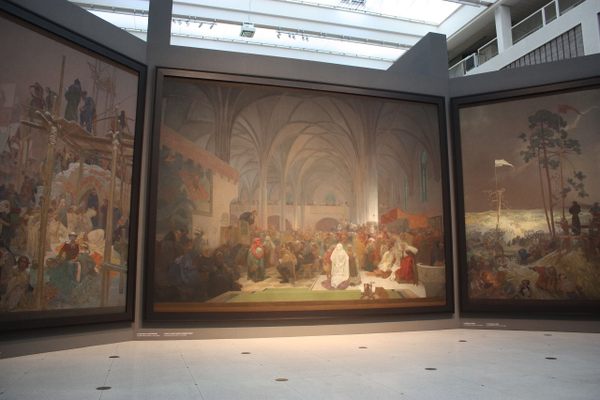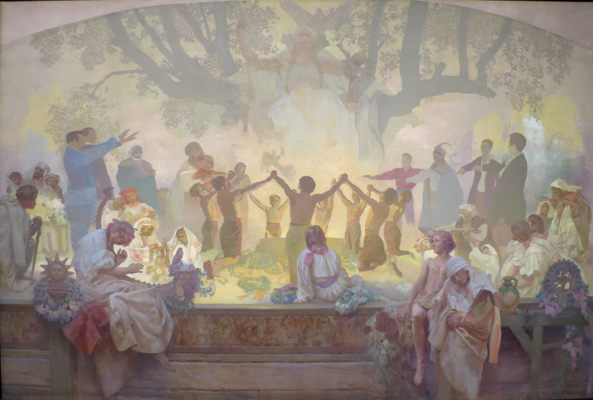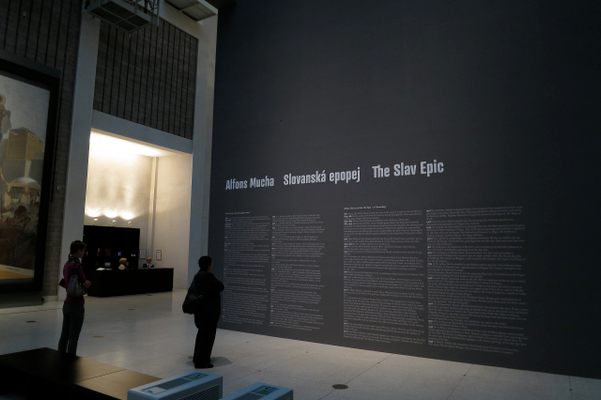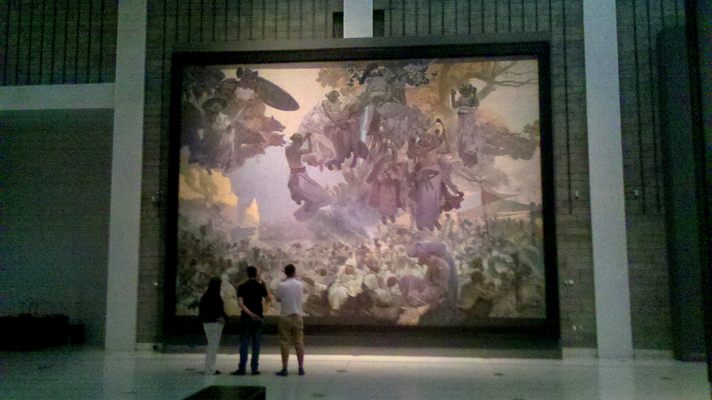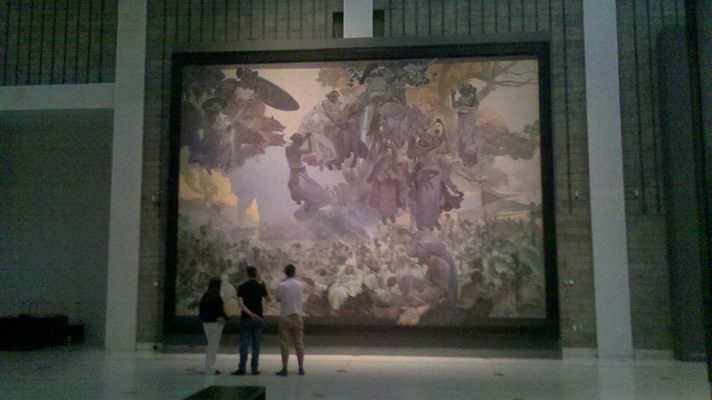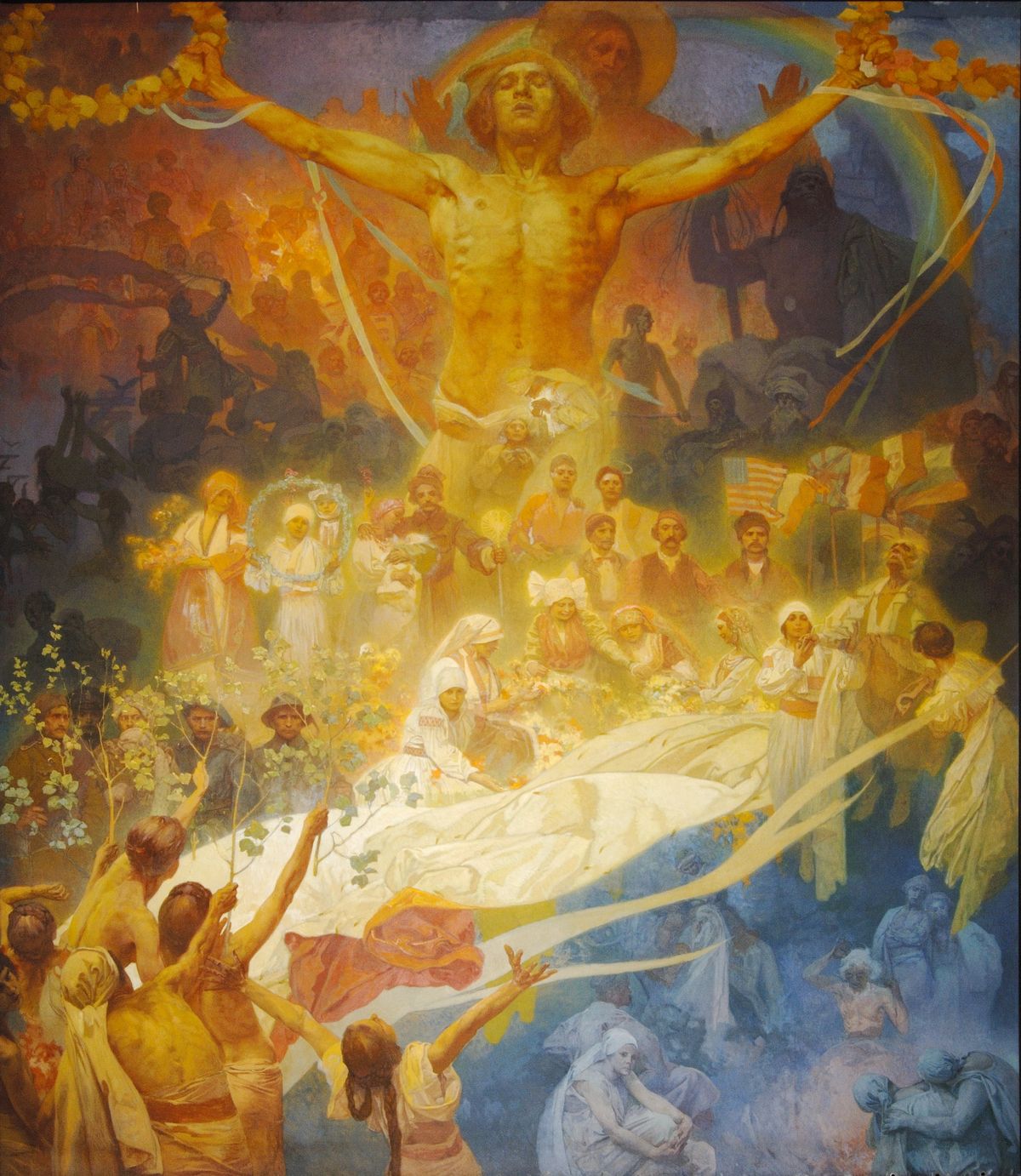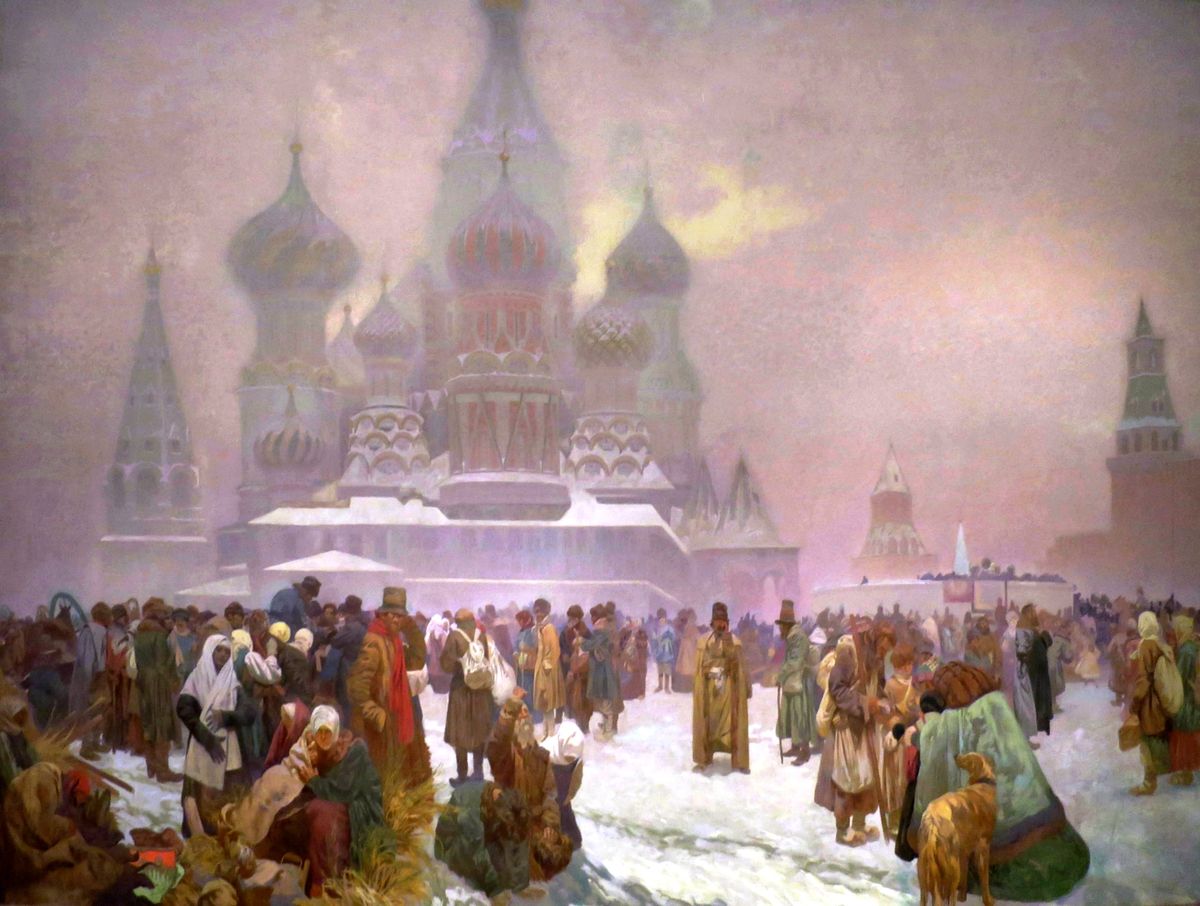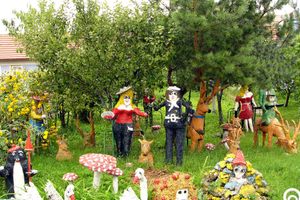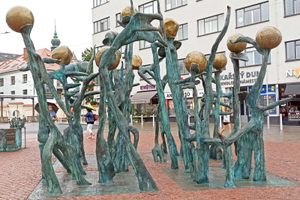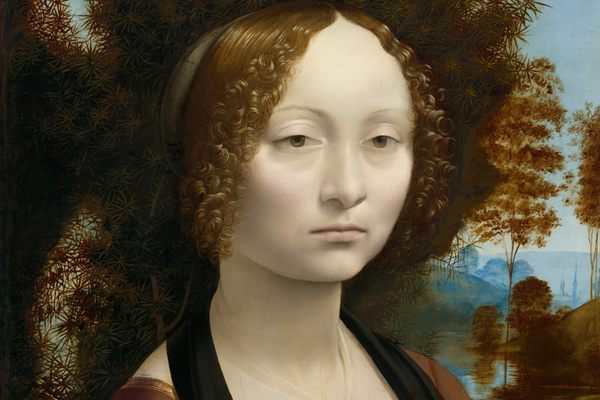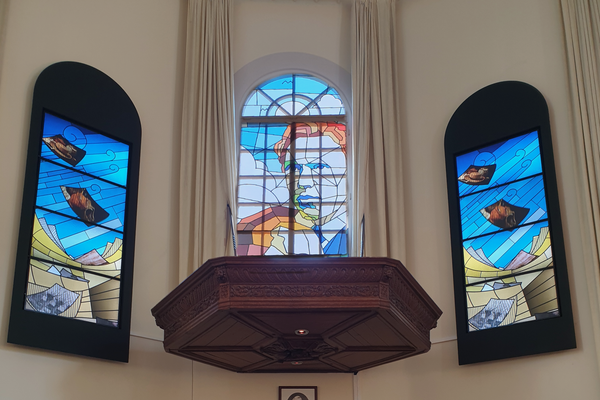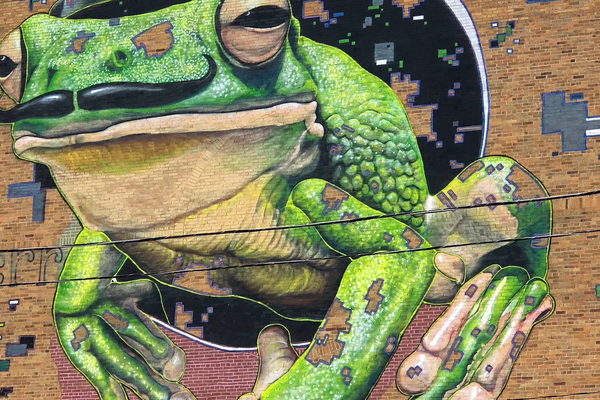About
Czech Art Nouveau painter Alphonse Mucha's Slovanská epopej (The Slav Epic) is a cycle of 20 enormous paintings, the largest of which measures more than 6 by 8 meters. These works depict Slavic mythology, faith, and history from the Dark Ages to 1861 (and into the future), with a special focus on Czechia.
Mucha was born in a small town in southern Moravia in 1860. His talent for painting and drawing led him to Vienna, then Munich, then Paris, where he became known for a distinct Art Nouveau style. After more than 20 years in Paris, Mucha returned to Czechia in the early 1900s to begin working on a grand project long in the making.
While working on a design for the Paris Exhibition of 1900, Mucha had traveled extensively through the Balkans and studied Slavic history. He was inspired to create "an epic for all the Slavonic peoples," a piece of art that would honor all parts of his people's history and culture. Between 1910 and 1928 Mucha created this series of paintings, which start with Slavic tribes in their original homeland and move through triumphs, tragedies, and changes over the centuries. Mucha considered the series his life's masterwork.
In honor of the 10th anniversary of Czechoslovakia's independence, he gave the series to the city of Prague, provided they build a special gallery to display them. First displayed in a temporary space, the paintings were hidden during World War II to prevent their theft by the Nazis. After the war, Mucha's work fell out of favor with the Communist government, and the Slav Epic was moved to a chateau in Moravský Krumlov in South Moravia, where the paintings were displayed for over 50 years.
After a lengthy legal battle between the city of Prague and Mucha's descendants, there is now an agreement to bring the paintings permanently to Prague in 2026, housed in the new Savarin development. Until then, they can still be viewed in Moravský Krumlov. The paintings' massive scale and Mucha's artistry make the Slav Epic a stunning sight.
Related Tags
Community Contributors
Added By
Published
October 26, 2022

